Beyond Frame Resonance: The Argumentative Structure and Persuasive Capacity of Twentieth-Century U.S. Women's Jury-Rights Frames
Research on movement political success has grown measurably, yet few studies consider the role of framing in bringing about challenger victories. Existing investigations taking collective action framing into account typically consider only whether movement frames with broad cultural resonance are more convincing to policymakers. This study examines other qualities of movement frames to uncover argumentative forms that allow activists to persuade lawmakers to alter policy. I examine efforts by organized U.S. women in the early twentieth century to persuade state legislators to broaden jury laws to seat women jurors. Quantitative analyses reveal that jury frames that (a) define the problem of excluding women as serious and broad in scope, (b) provide a clear rationale for supporting activist demands, and (c) offer concrete evidence to support the frame's claim are likelier to convince lawmakers. The status of the frame's articulators and the quantity of movement framing are not predictors of movement success.

